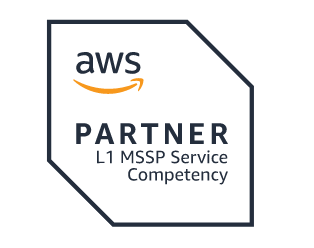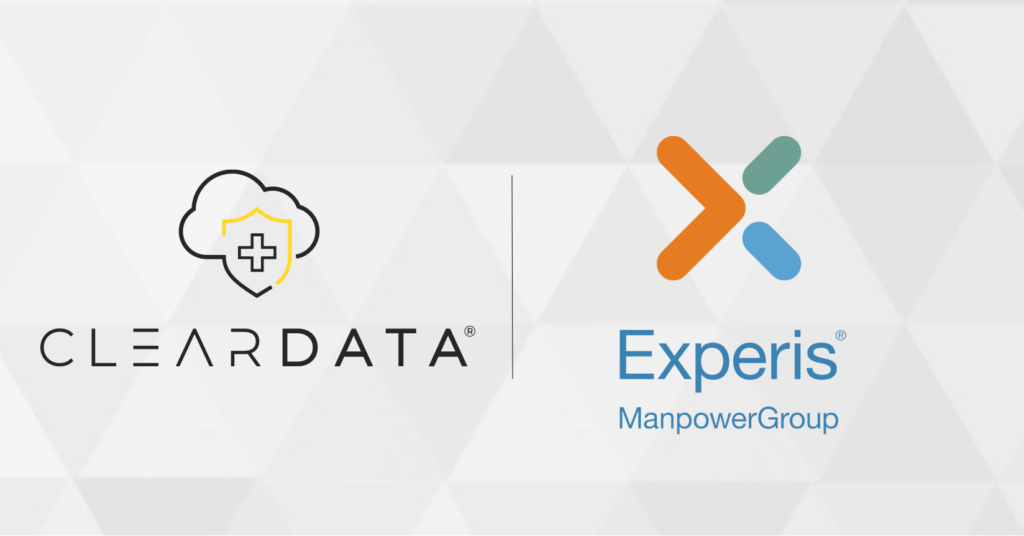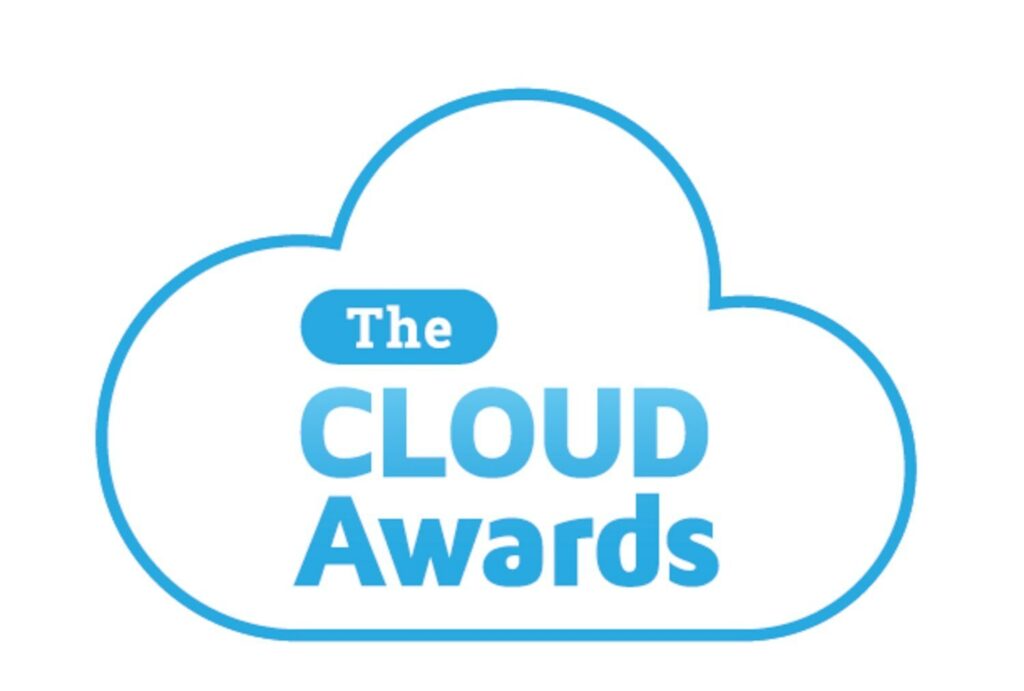Reporting Remains “Killer App” for Healthcare Analytics
Originally published April 16, 2019 by Fred Donovan at HITInfrastructure.
Reporting is and will remain the “killer app” for healthcare analytics, according to a new report by Chilmark.
Cost, quality, and utilization reports and dashboards are widely used in the healthcare industry, the report noted.
Currently, the use of analytics to support value-based care is the primary driver of analytics adoption, according to Chilmark.
This finding jives with a recent survey of 300 physicians by Geneia. More than two-thirds or respondents said that advanced data analytics tools are important for treating patients and being compensated for care under value-based care arrangements.
Around 44 percent of responding physicians said analytics tools improve quality performance, Medicare Star ratings, and HEDIS reporting. For population health users, this percentage increases to 55 percent.
At the same time, Chilmark found that healthcare analytics is being used increasingly to support enterprise performance management (EPM).
In fact, many vendors are consolidating point and departmental reporting solutions with value-based care analytics offering on a single analytics platform.
More Vendors Offering Artificial Intelligence for Healthcare
In the area of analytics, artificial intelligence, machine learning, data science, and big data technologies are seeing increased use in vendor offerings.
A recent survey by Optum estimated that healthcare organizations are planning to invest an average of $32.4 million over the next five years on artificial intelligence.
A full 91 percent of 500 healthcare leaders expect to see a return on investment (ROI) for AI over the next few years. Hospital execs expect to see the ROI in four to five years, while health plans hope to see it in three years or less.
Thirty-six percent of respondents said they expect AI to improve patient experience, 33 percent think AI will decrease per-capita cost of care, and 31 percent believe AI will improve health outcomes.
“Artificial intelligence has the potential to transform healthcare by helping predict disease and putting the right insights into the hands of clinicians as they treat patients, which can reduce the total cost of care,” said OptumInsight CEO Eric Murphy.
A new report from Boston Consulting Group advised healthcare providers to embrace artificial intelligence tools that provide clinical decision support (CDS), diagnostic imaging analysis, patient monitoring, and process automation.
AI-enabled CDS software could support clinicians’ decision making, assist them in making more accurate diagnosis, reduce testing and treatments resulting from misdiagnosis, and lower pain and suffering by starting treatments earlier.
Several recent market reports predict robust growth for healthcare artificial intelligence, ranging between a 47 percent and 50 percent compound annual growth rate.
“The journey to integrate AI into strategies and operations must be a sustained one. But even companies that have yet to invest in AI decisively can make some smart, low-risk moves to either enhance the positive value shifts or minimize the negative impacts,” BCG concluded.
Large Organizations Are Opting For Advanced Analytics
The Chilmark report found that large healthcare organizations are adopting advanced analytics, while smaller organizations continue to be skeptical.
Of those organizations that are adopting advanced analytics, many are pursuing predictive and prescriptive goals.
Iron Mountain and ClearDATA announced partnerships last fall with Google Healthcare Cloud to support advanced analytics so organizations could make their data more actionable.
Iron Mountain’s partnership with Google Cloud is based on the development of new artificial intelligence-powered software-as-a-service solutions. The partnership aims to give organizations more complete access to their data repositories, so the data collected by connected medical devices as well as unstructured data can be made actionable.
ClearDATA’s partnership uses the Google Cloud Platform to deliver its healthcare compliance capabilities to digital tools. The focus remains on analytics and large data sets as the companies aim to deliver advanced analytics and machine learning to healthcare organizations.
The Chilmark report found that translating analytics insights into action is hard to do at the patient and population health level.
Independent vendors are increasingly supporting the ability to push analytics results into the clinician’s electronic health record.
Unfortunately, providers are still leery of payer-oriented ways of looking at data.
At the same time, claims analytics offerings deliver precise insights into the drivers of cost, utilization, and clinical quality performance, the report concluded.


